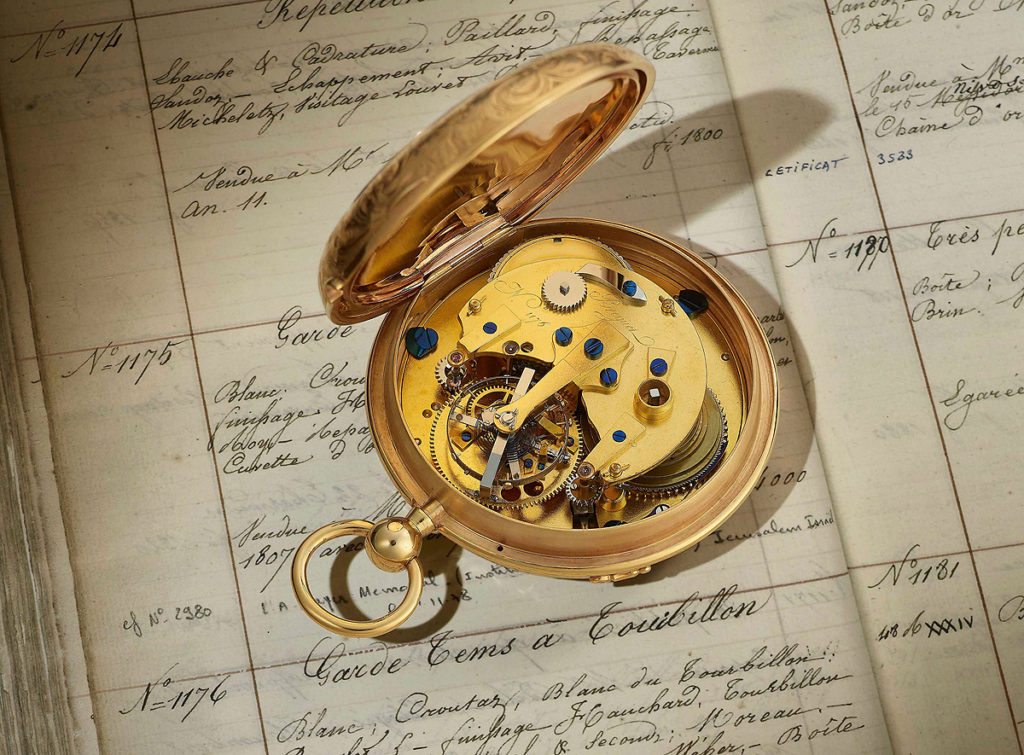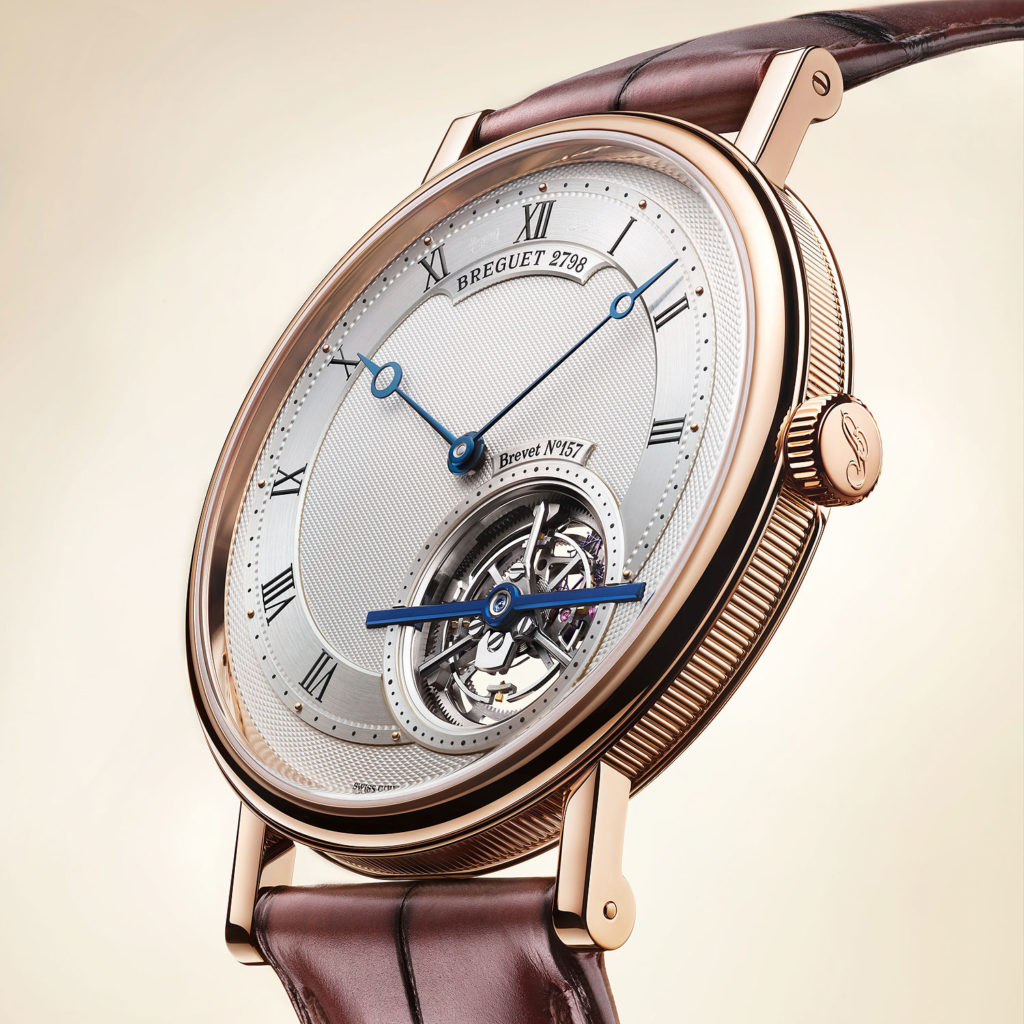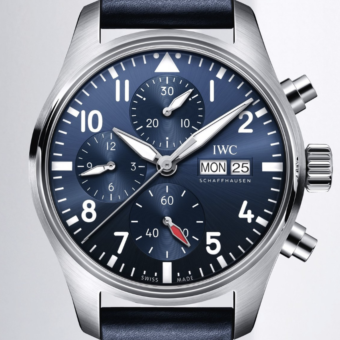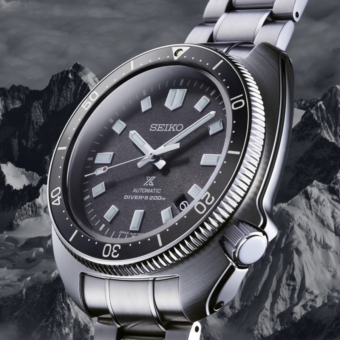This article is from the WatchTime Archives and was originally published in February 2022.
In a successful attempt to cancel out as much of the influence of gravity on the precision of a pocket watch, Abraham-Louis Breguet invented the tourbillon. On June 26, 1801, he was granted a patent for it, yet the production for clients didn’t commence before 1805. Even after the patent expired, a pocket watch with a tourbillon remained rare, as it took exceptional skills to craft. In wristwatches, the tourbillon was a late bloomer. Some brands, including Omega, experimented with tourbillon movements in prototypes, but it wasn’t until after the quartz crisis that this complication became truly popular and more commonly seen.

Many still think that the tourbillon is a complication. While it is most certainly complex to make, it is an addition to the escapement of the watch. As this is an essential piece of a mechanical watch, it doesn’t count as a complication. In this same light is also a remontoire, or the co-axial escapement invented by George Daniels, not a complication, while they do require considerable expertise to make.

This brings up the question of what is a complication? The answer to that depends on who you are asking. A purist might say anything but the hour hand. Early clocks had only a single hand to tell the time. However, as we are talking here about wristwatches, the most widely accepted consensus on this matter is that any added function to a watch beyond the display of hours, minutes, and seconds counts as a complication. So even when a 60-seconds tourbillon doubles as a seconds hand, it still doesn’t make the cut.
Do you have any questions you want the answer to? Ask us in the comment box below, and we might feature it in an upcoming edition of “Did you know that….”







if a tourbillion is “an essential” part of the escapement, then why are not all watches a tourbillion? i offer a tourbillion IS a complication for this reason. a fine timepiece functions quite well without a tourbillion but becomes more accurate with one, thus “enhancing” the former
wrong. it is a comication because watches today, from the least to the most expensive, are not impacted by gravity. the tourbillon was designed for pocket watches which are impacted by gravity because the siting a pocket. the wristwatch is constantly changing positions and so a tourbillon does nothing because gravity is no longer a meaningful accuracy factor. it’s just an overpriced complication that is for display, nothing else. probably the least useful, not costly mechanical wristwatch complication in existence
Frankly I see two schools of thought here. The old definition of a complication is something that is in addition to the display of time. By that restrictive view, a tourbillon is not a complication because it is used for the time function. However, think of all the trivial things that are “complications” under this definition: a date window, a supplemental 24 hour indication, two time zones, power reserve. These are easy to implement. I think the modern and better view is to view complications as something that requires watchmaking prowess. Without doubt a tourbillon calls upon a much higher level of watchmaking than a date, to put a fine point on it. One respects a watchmaker who has mastered a tourbillon much more than many things considered “complications”.